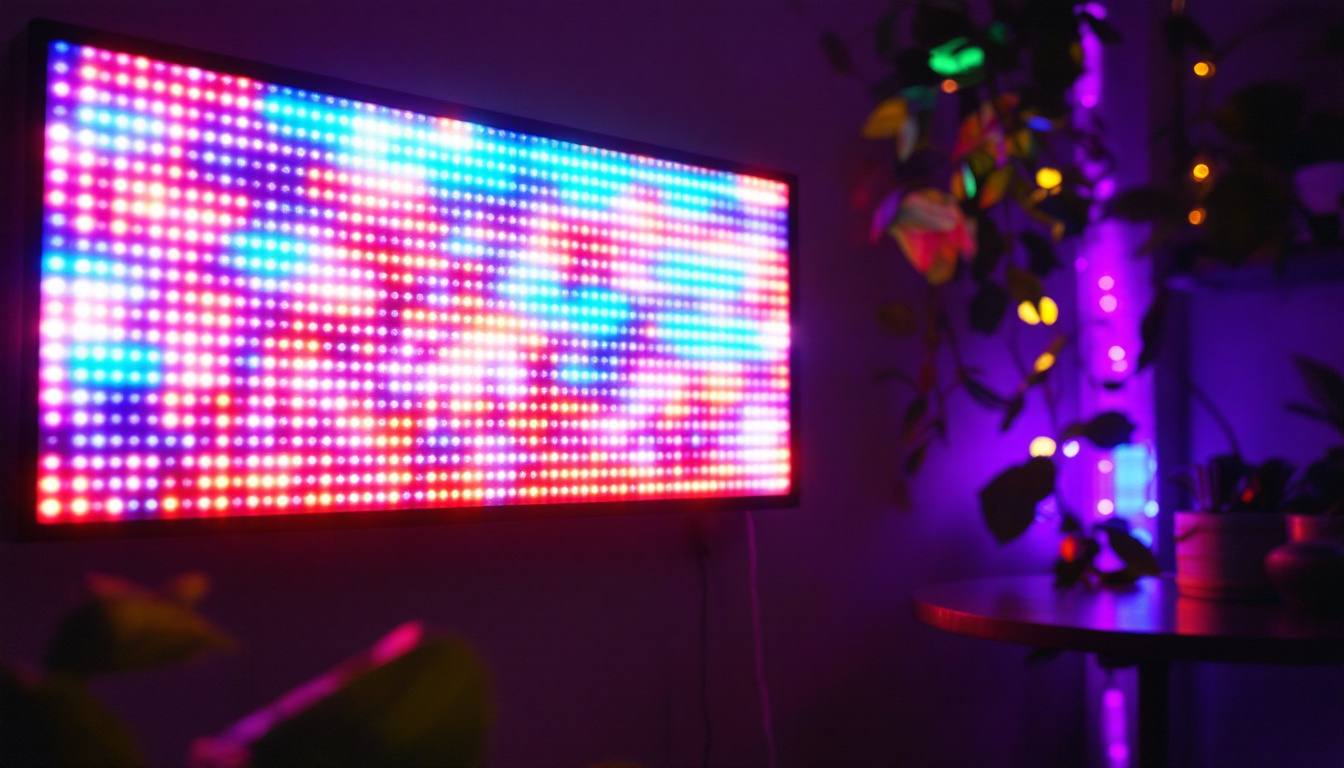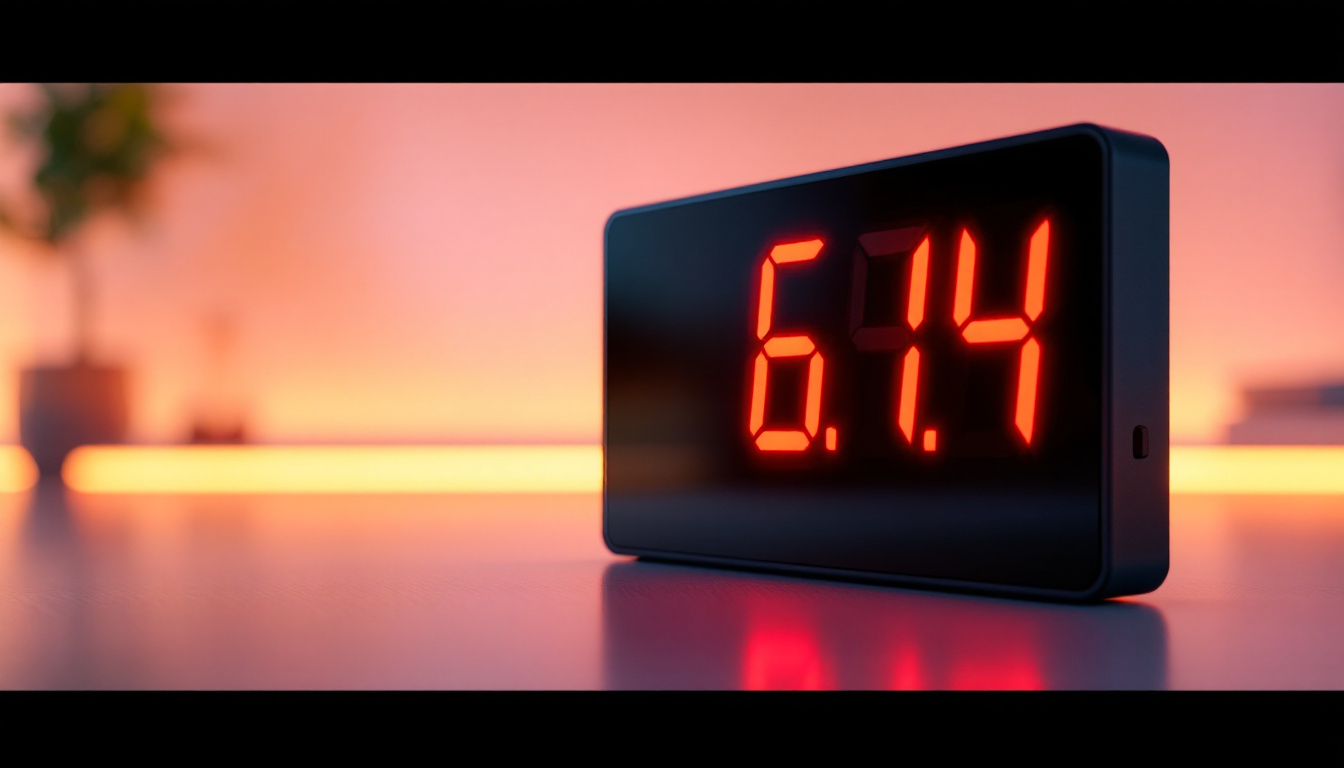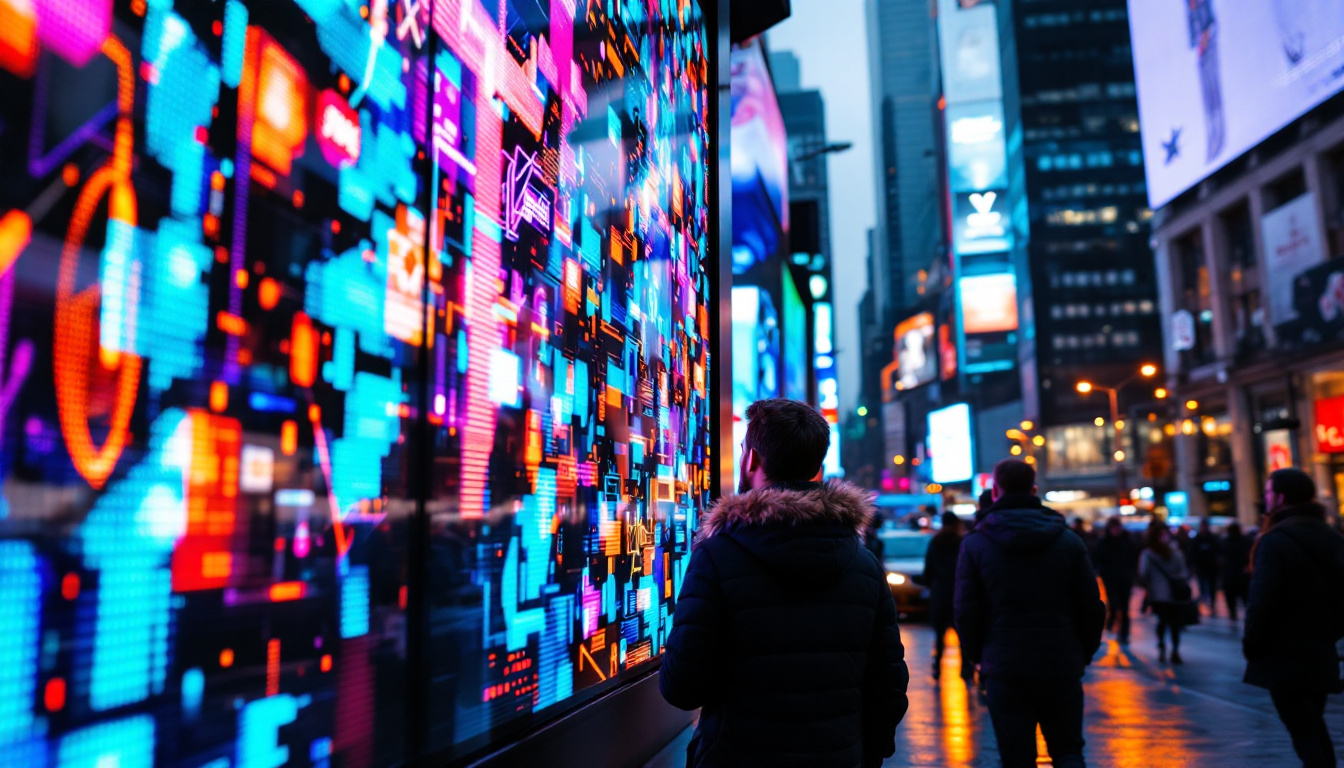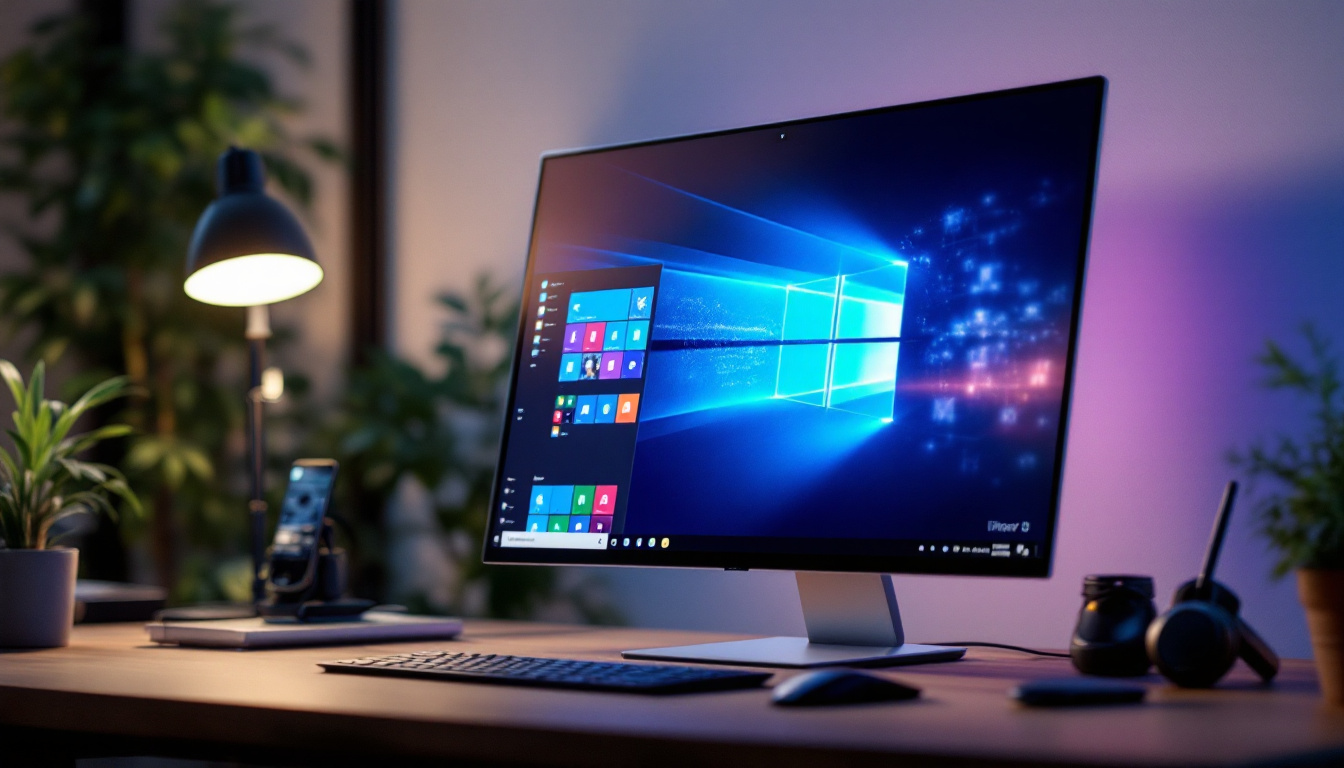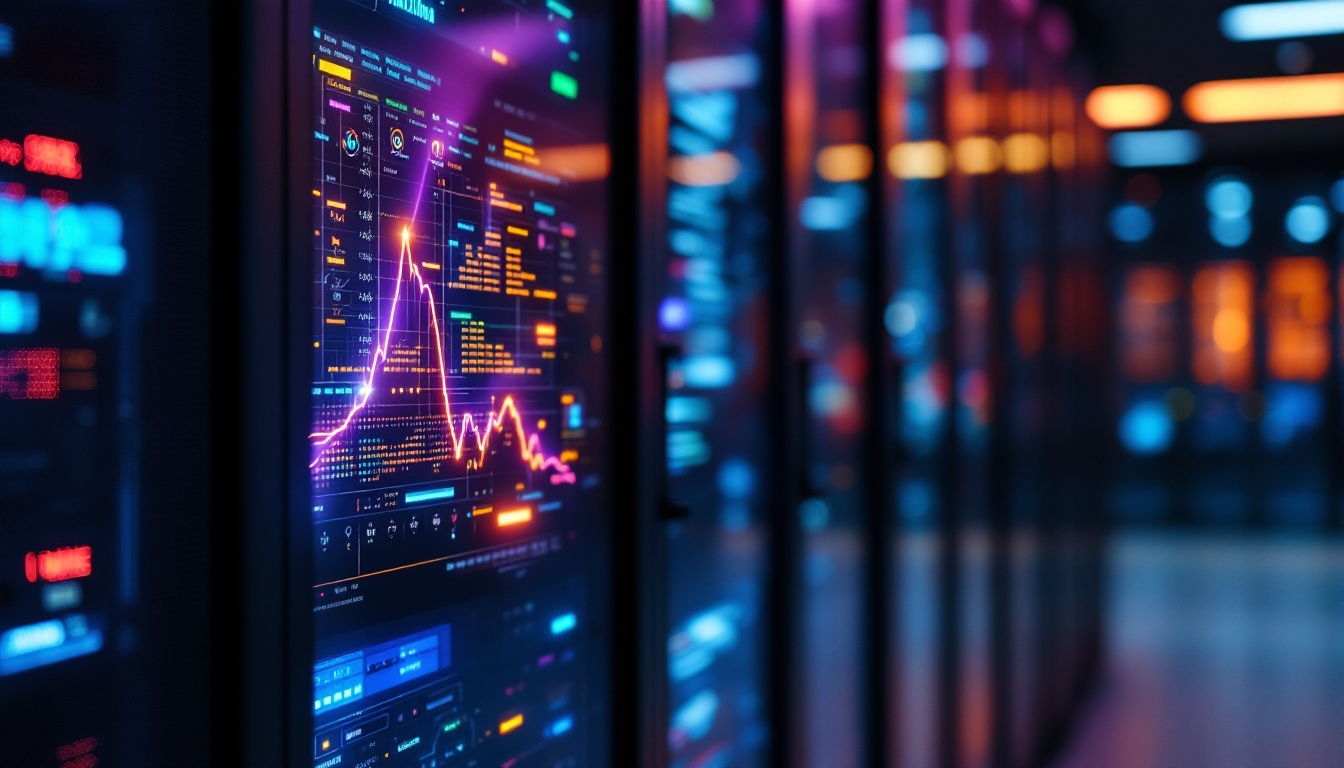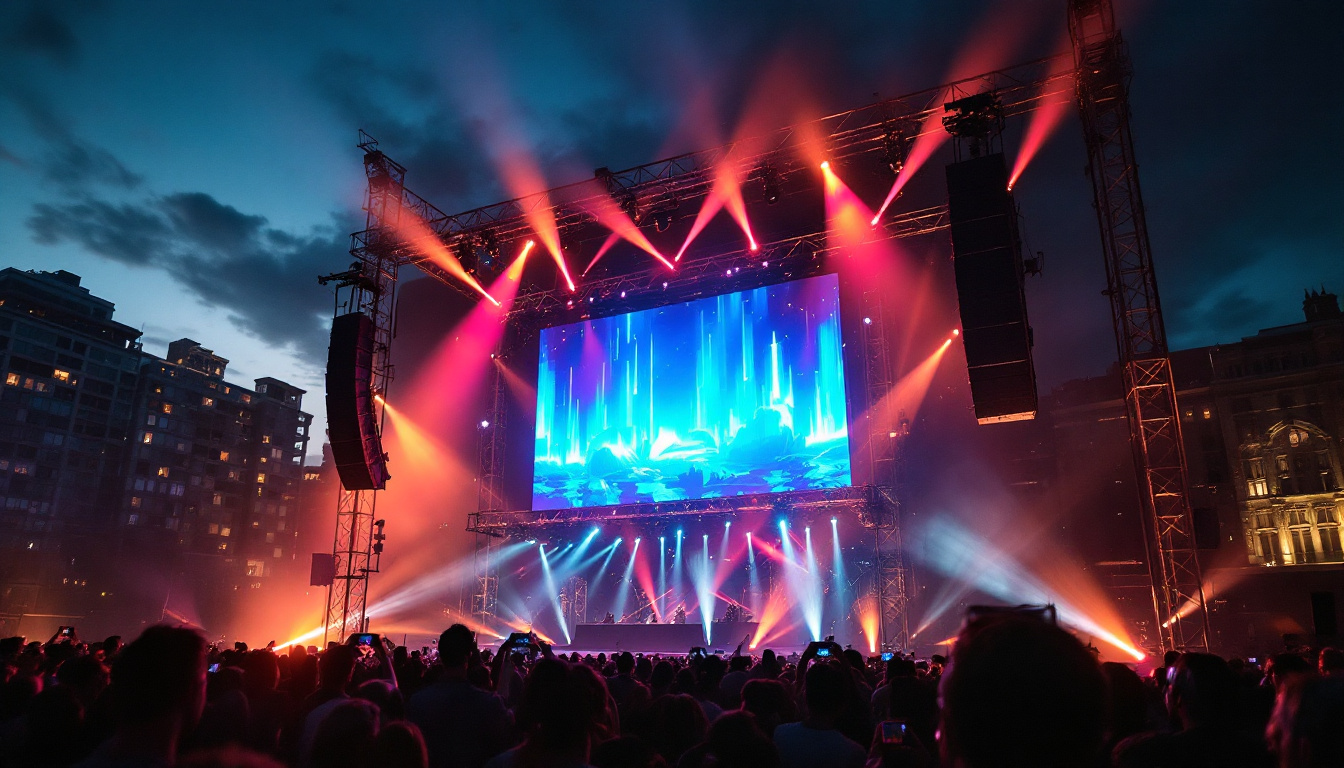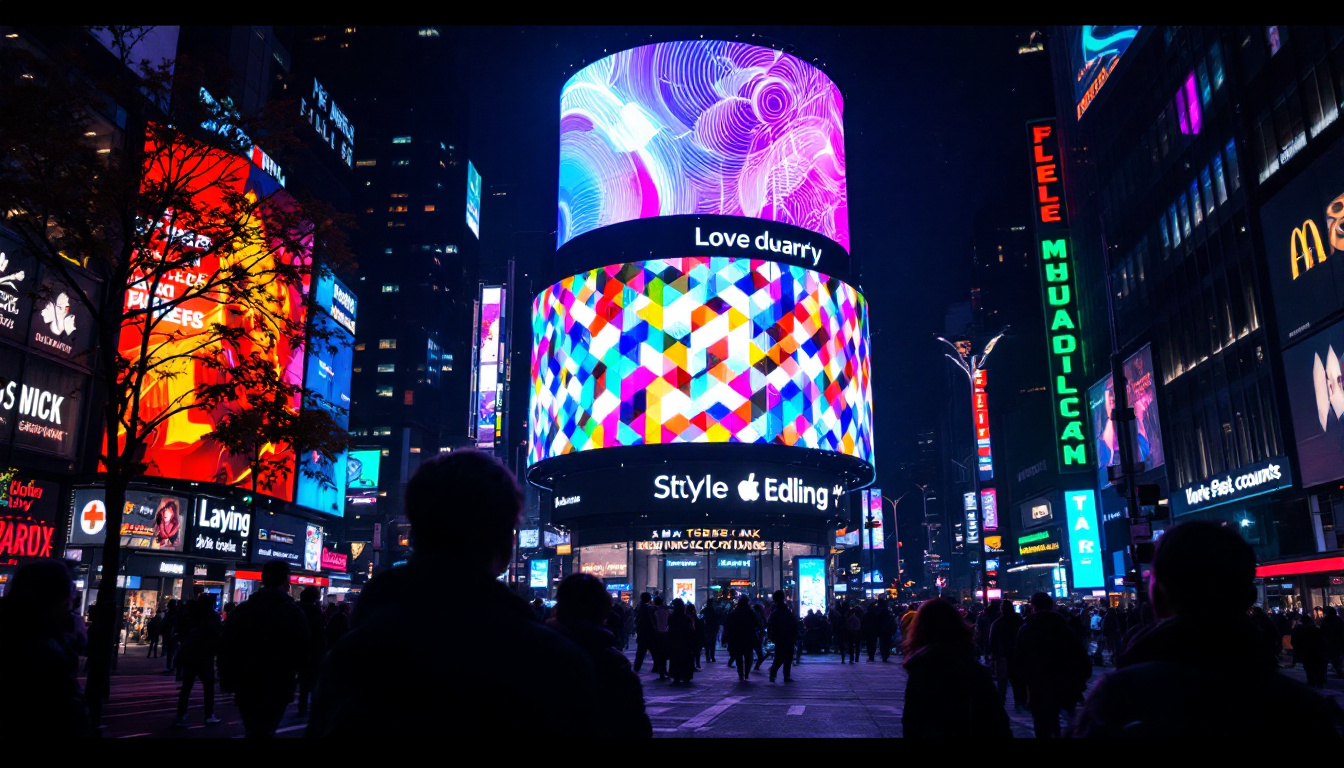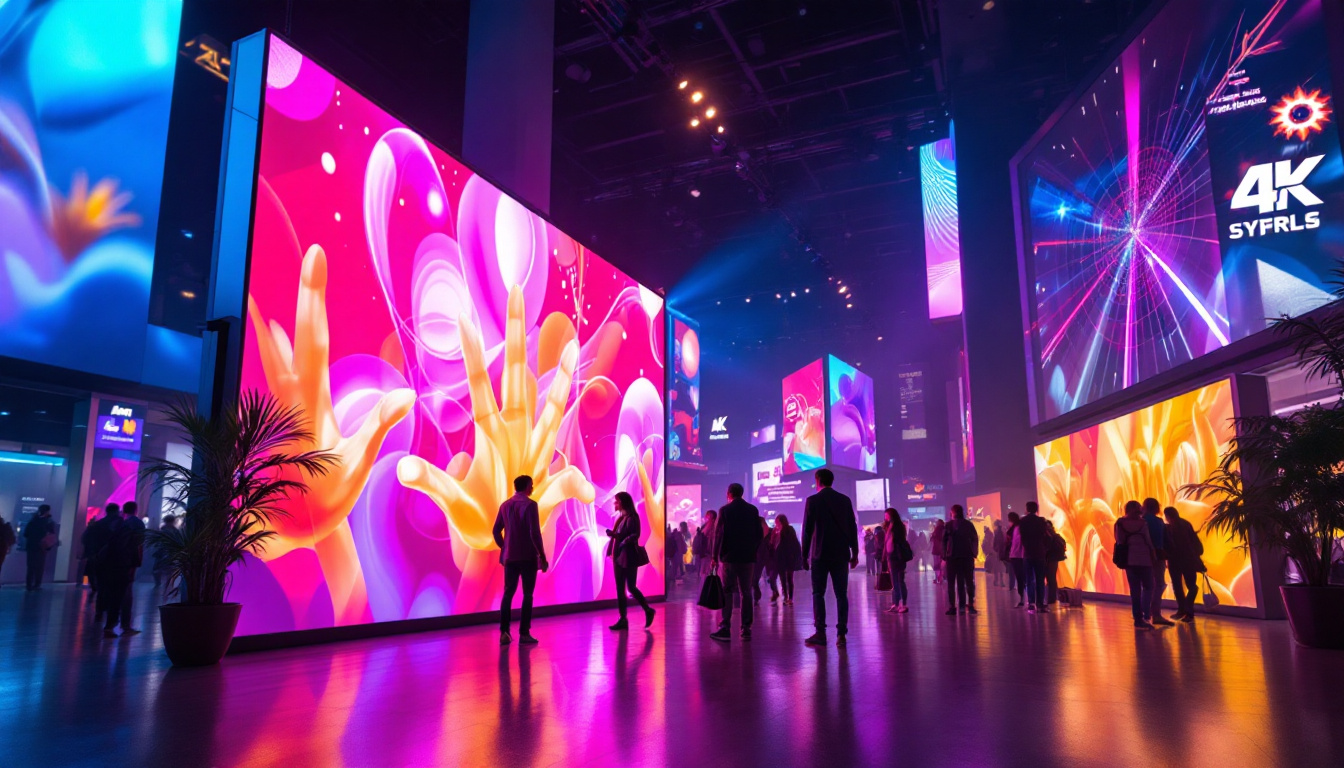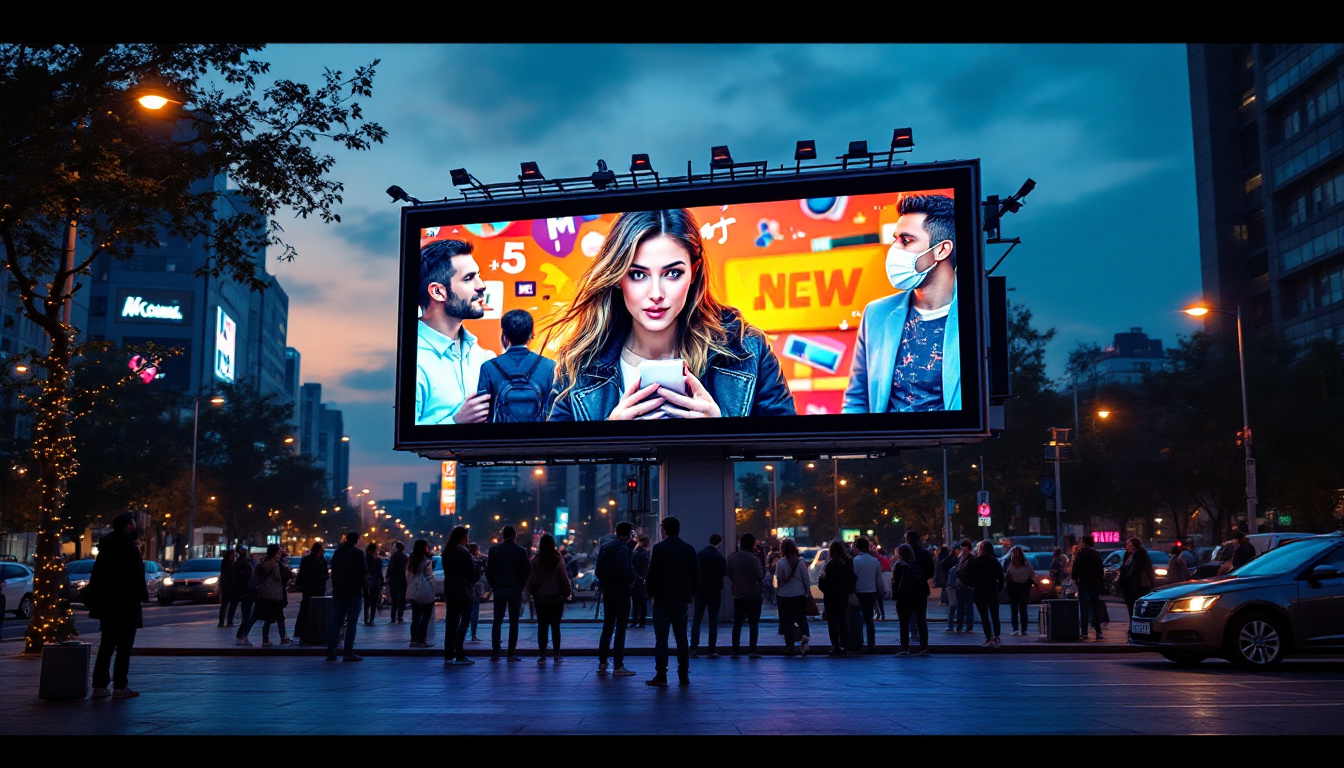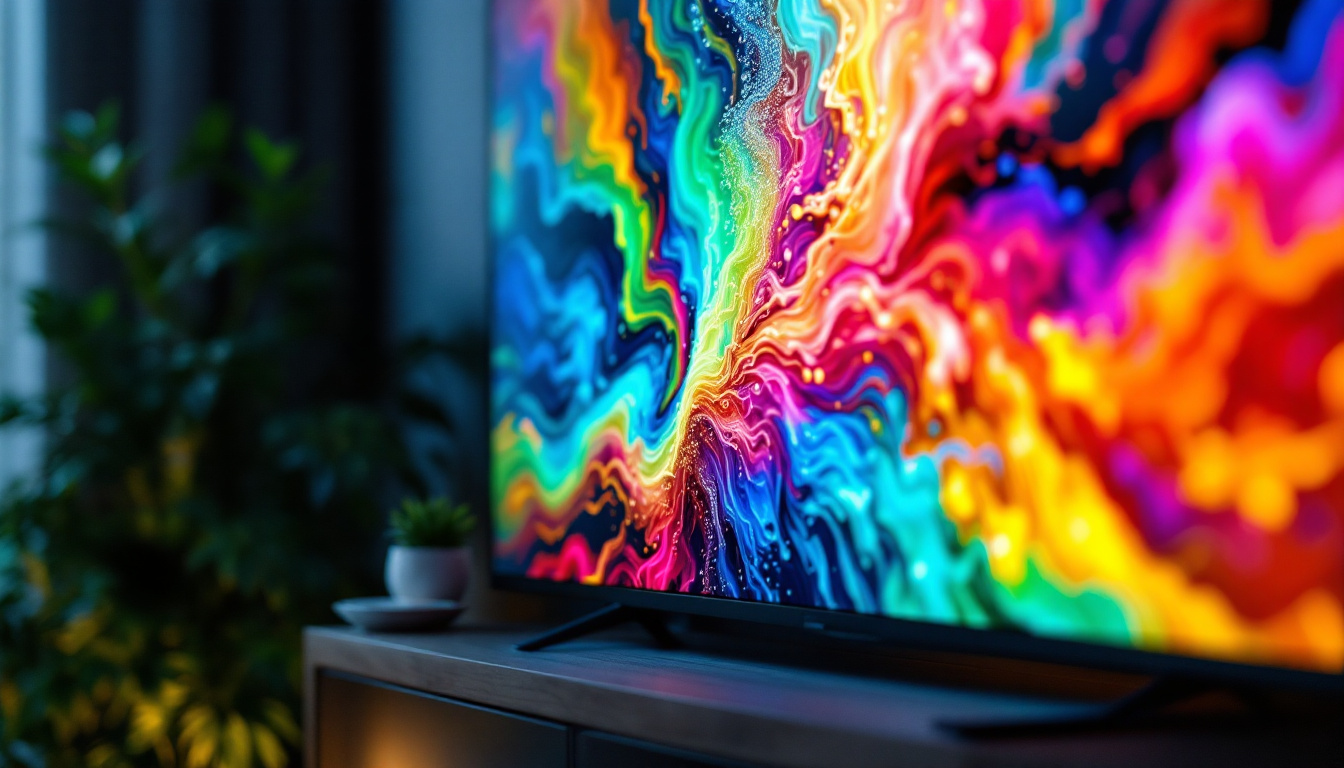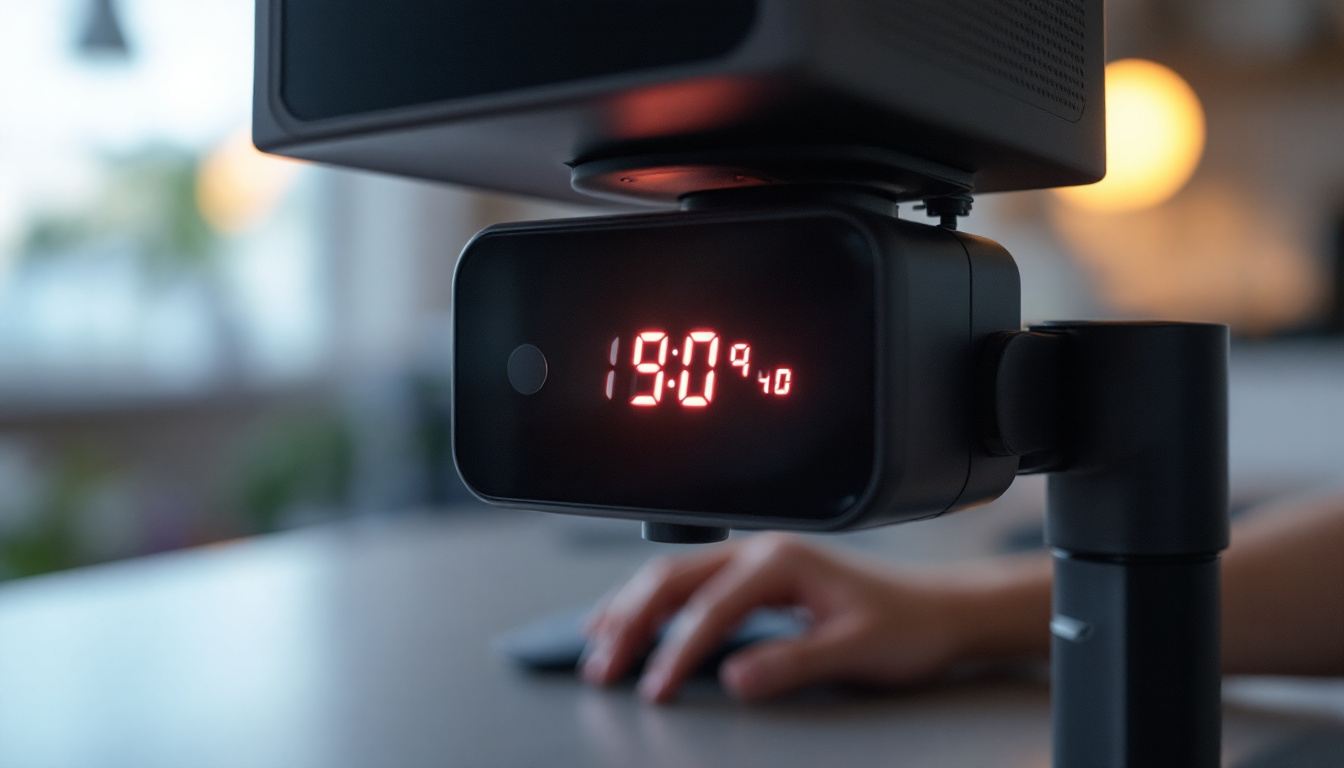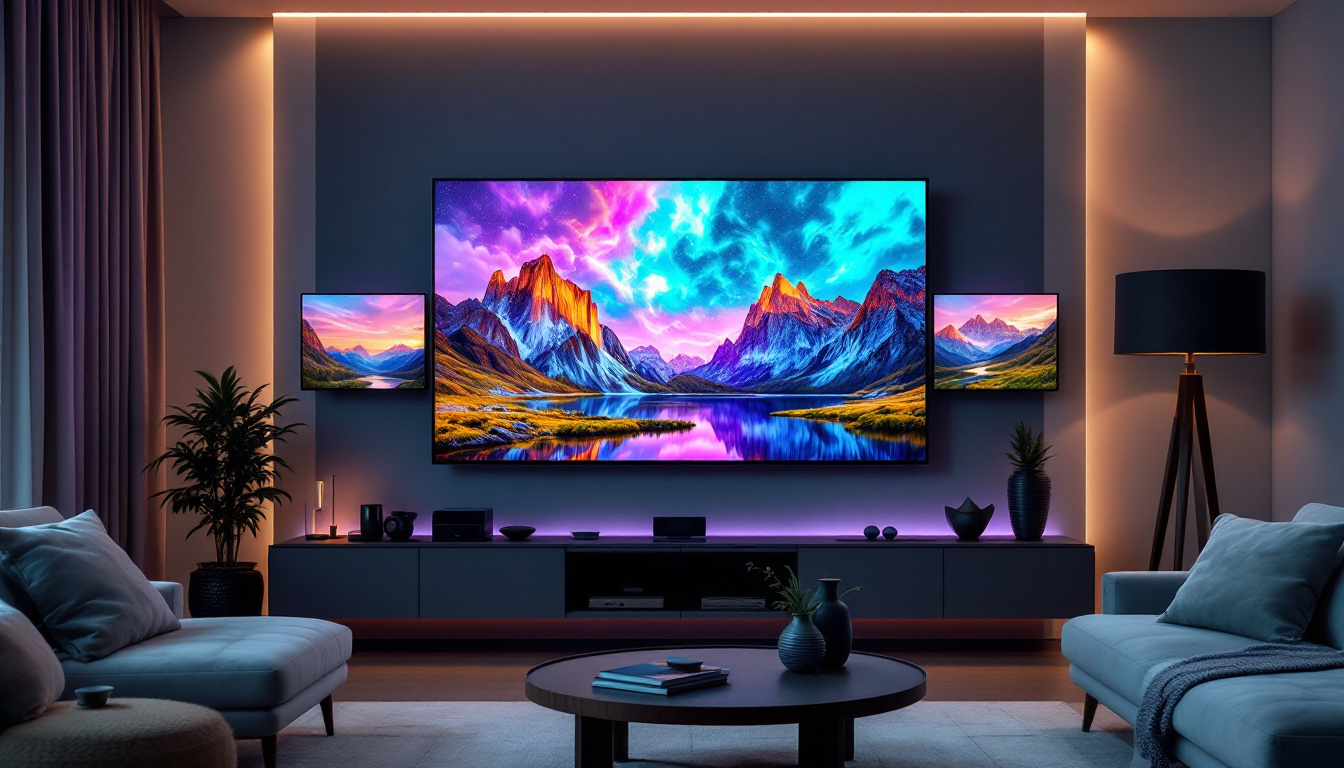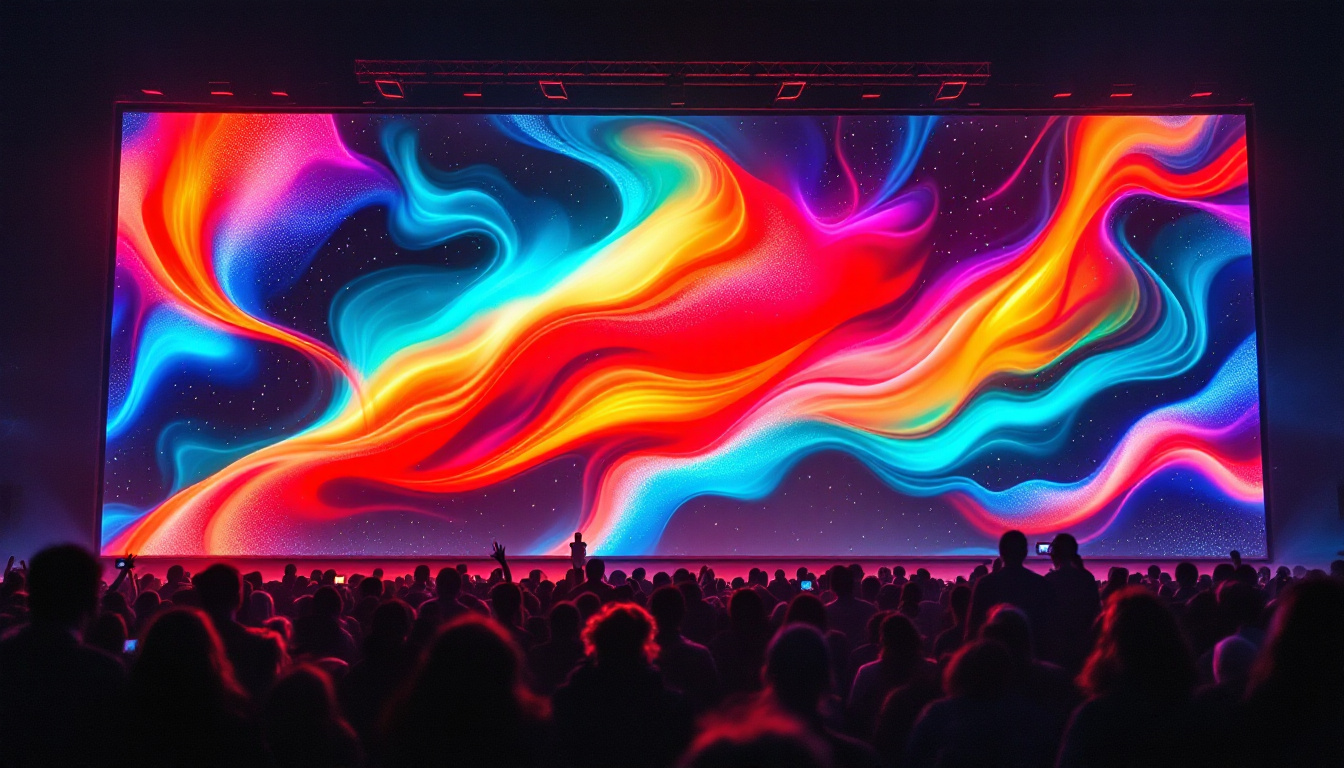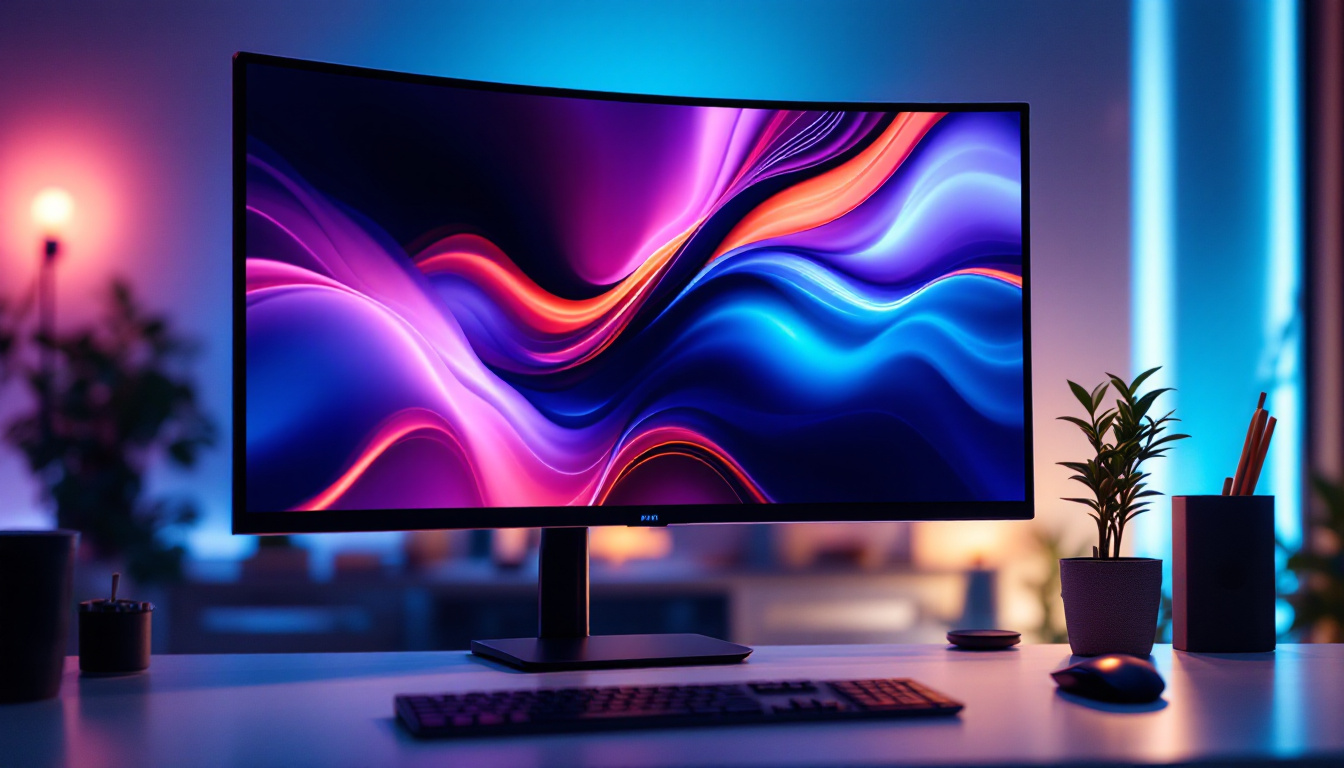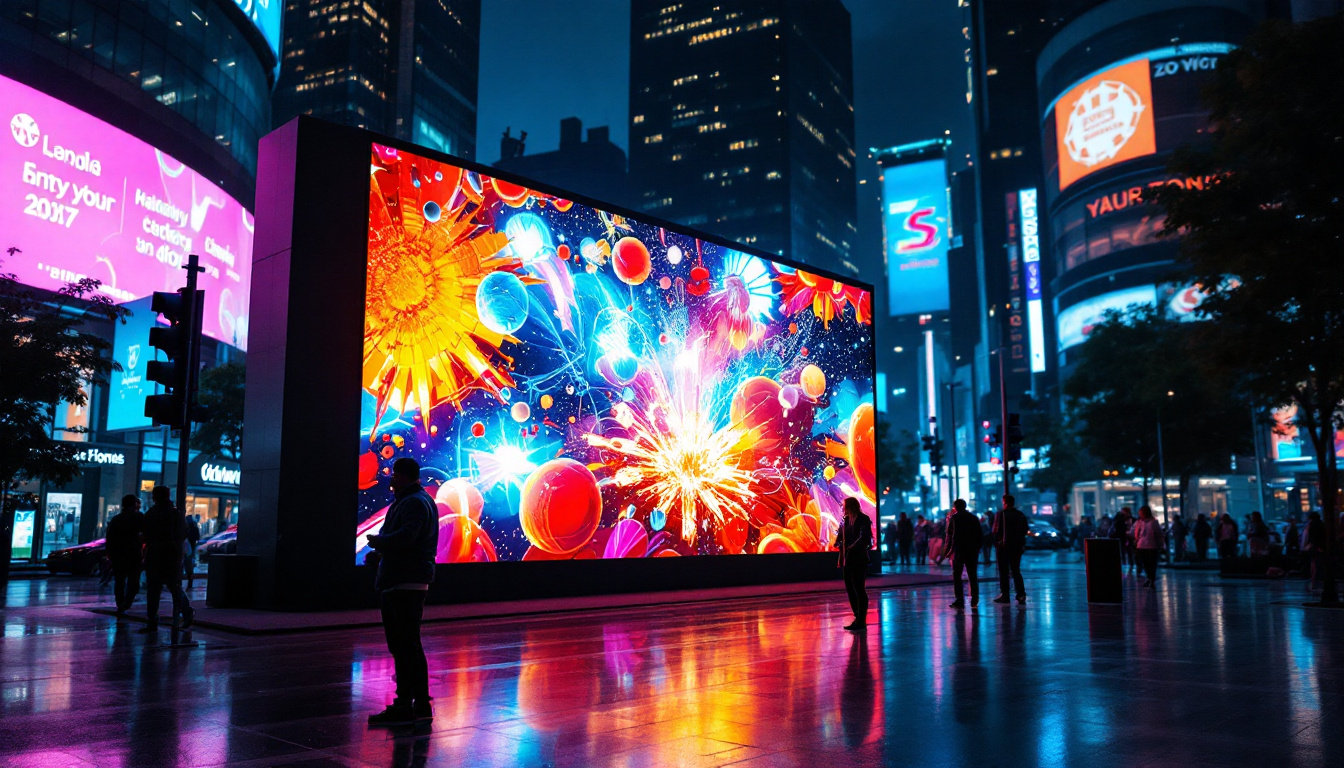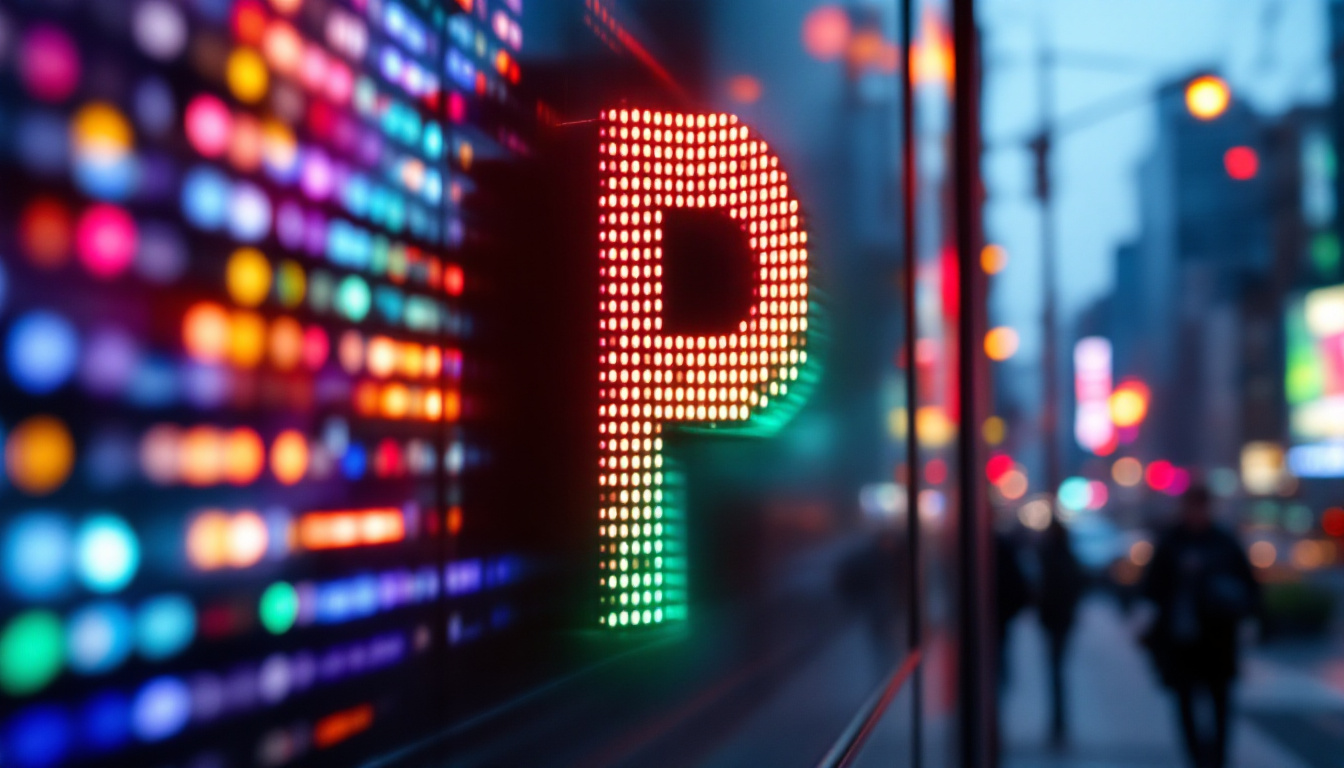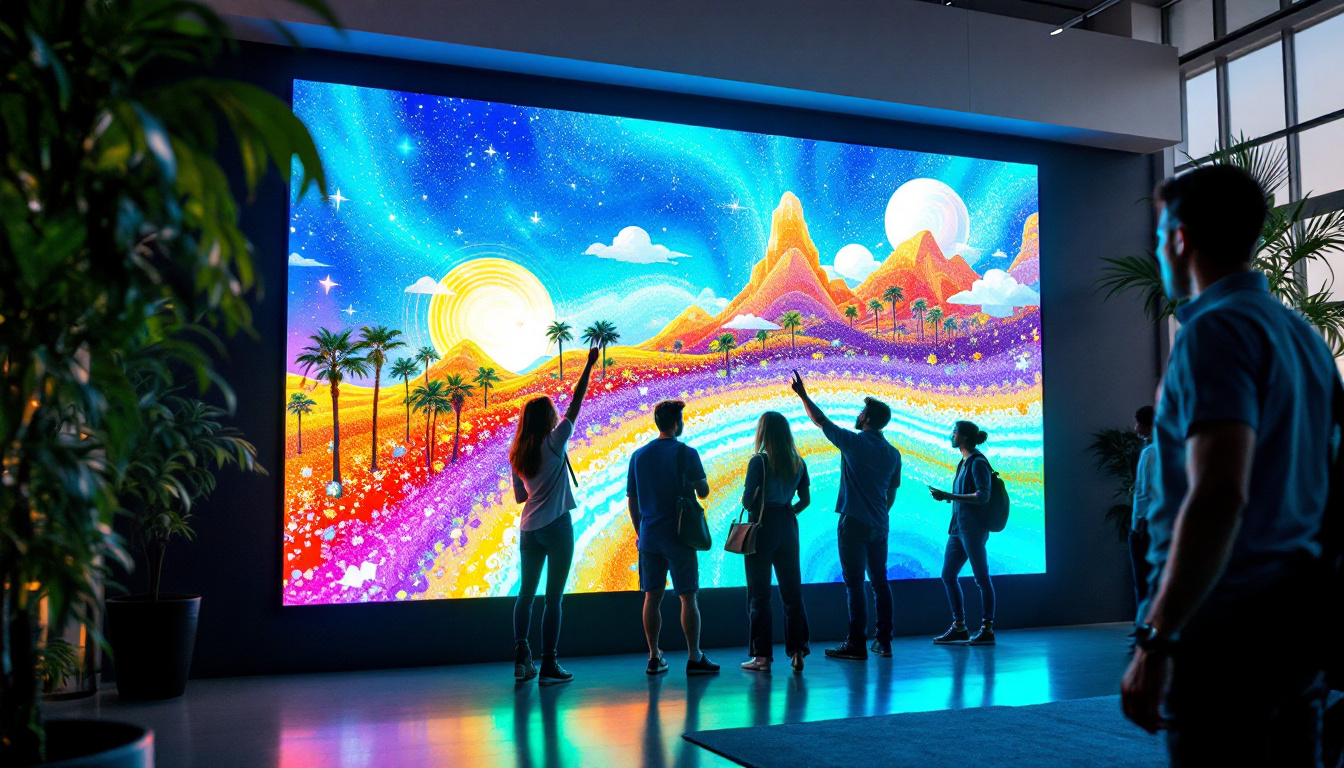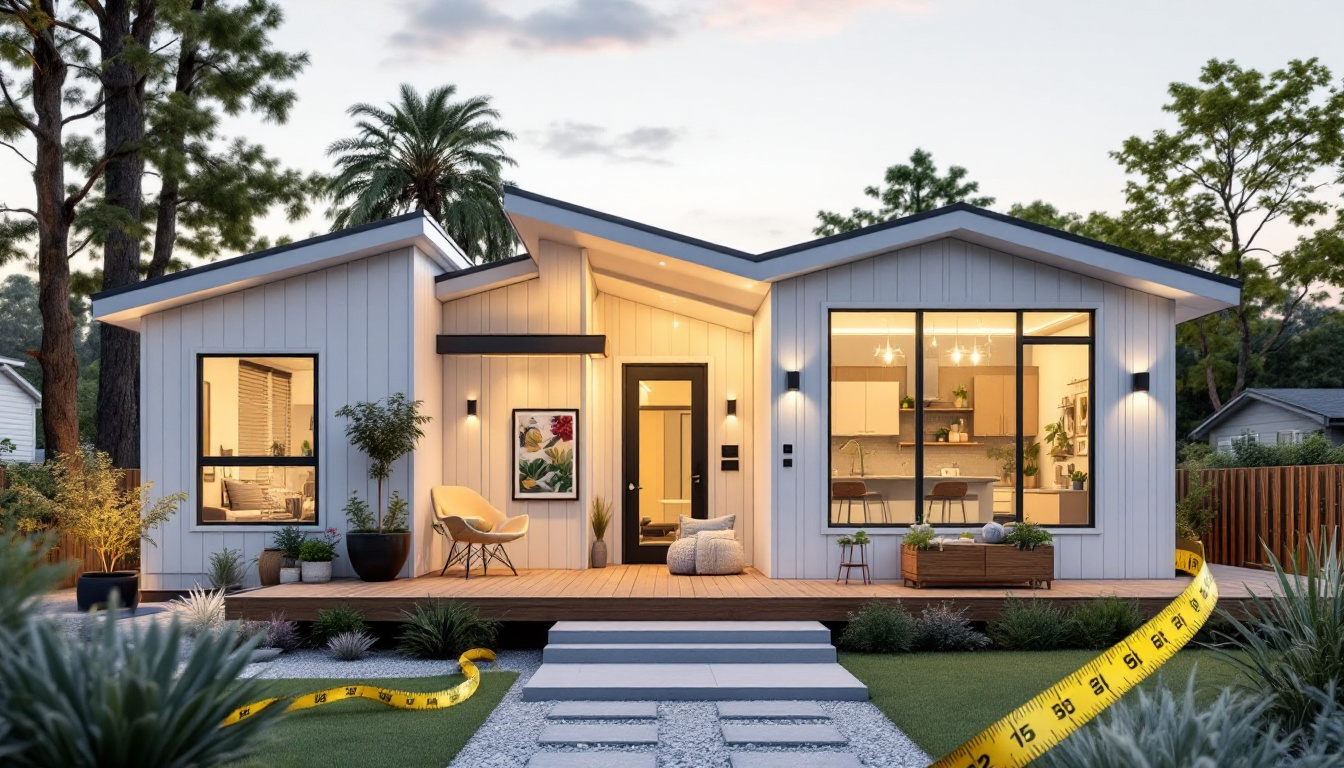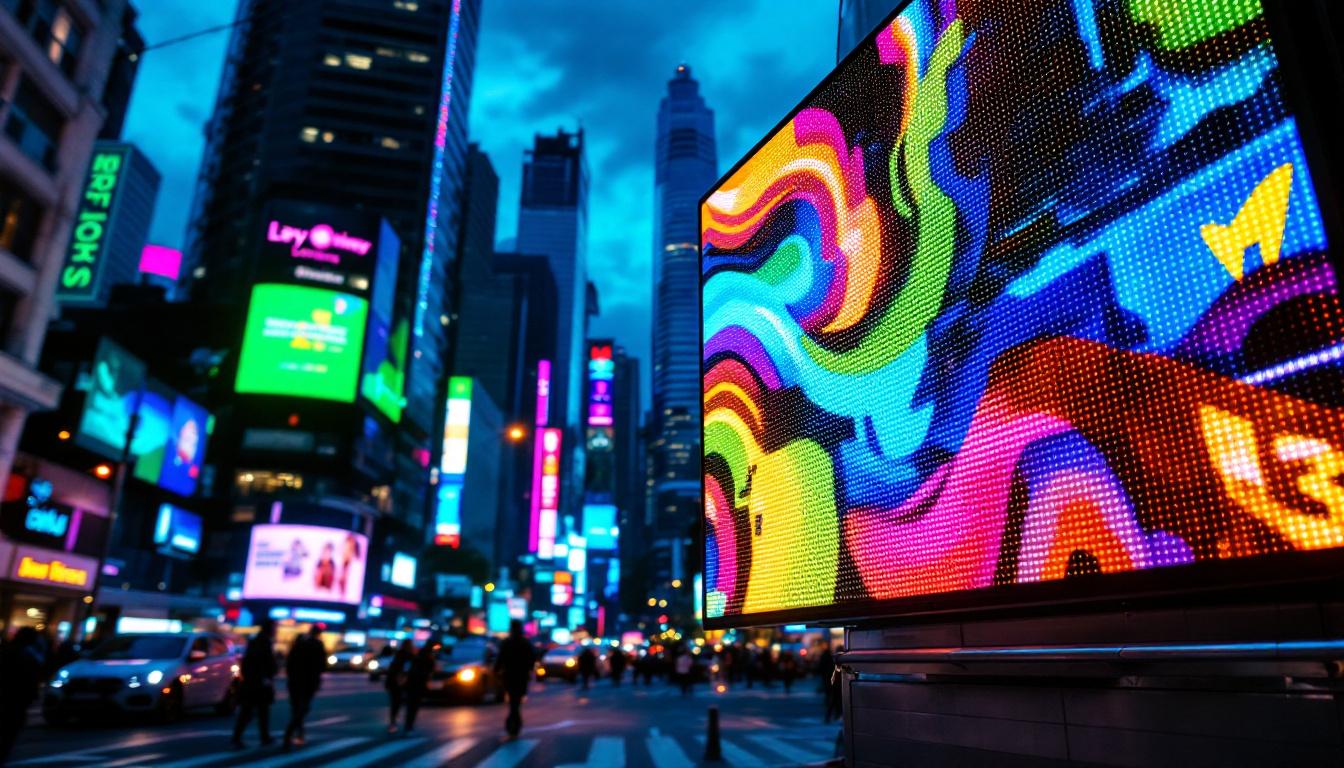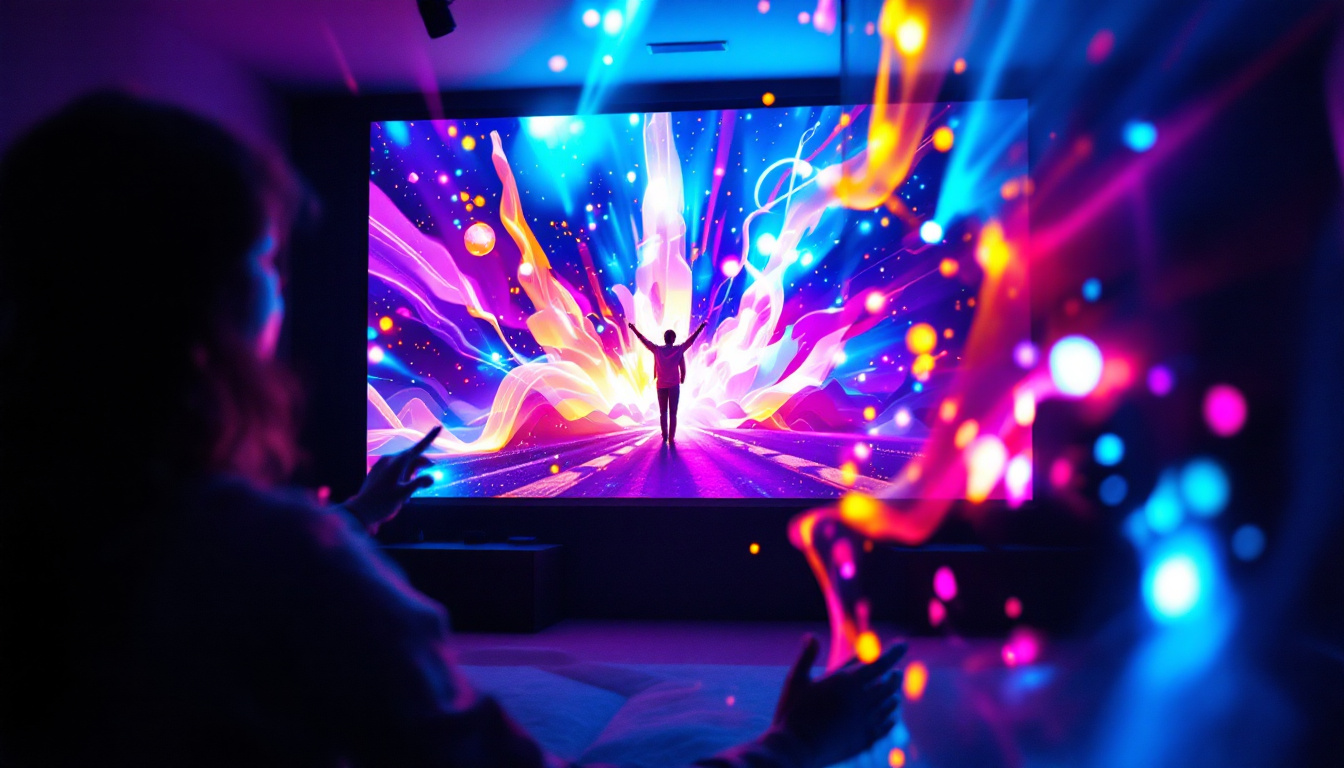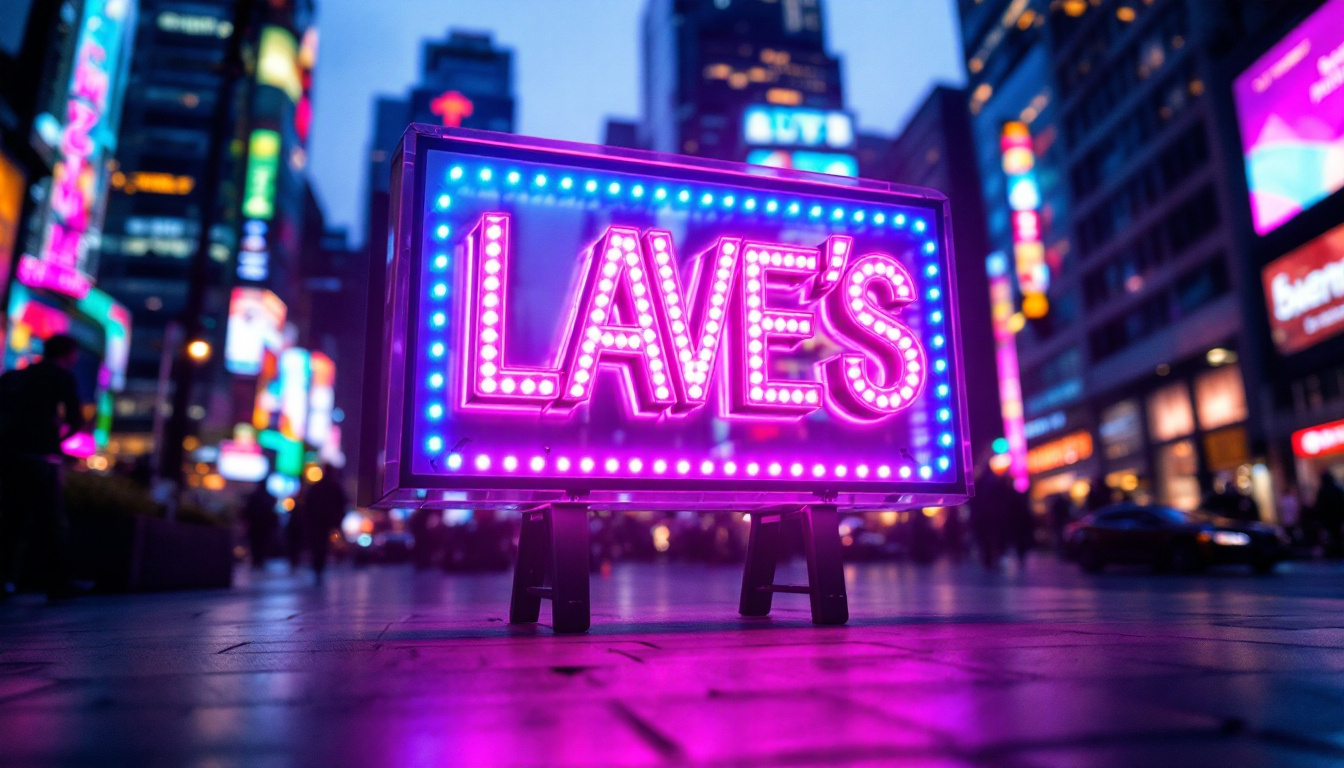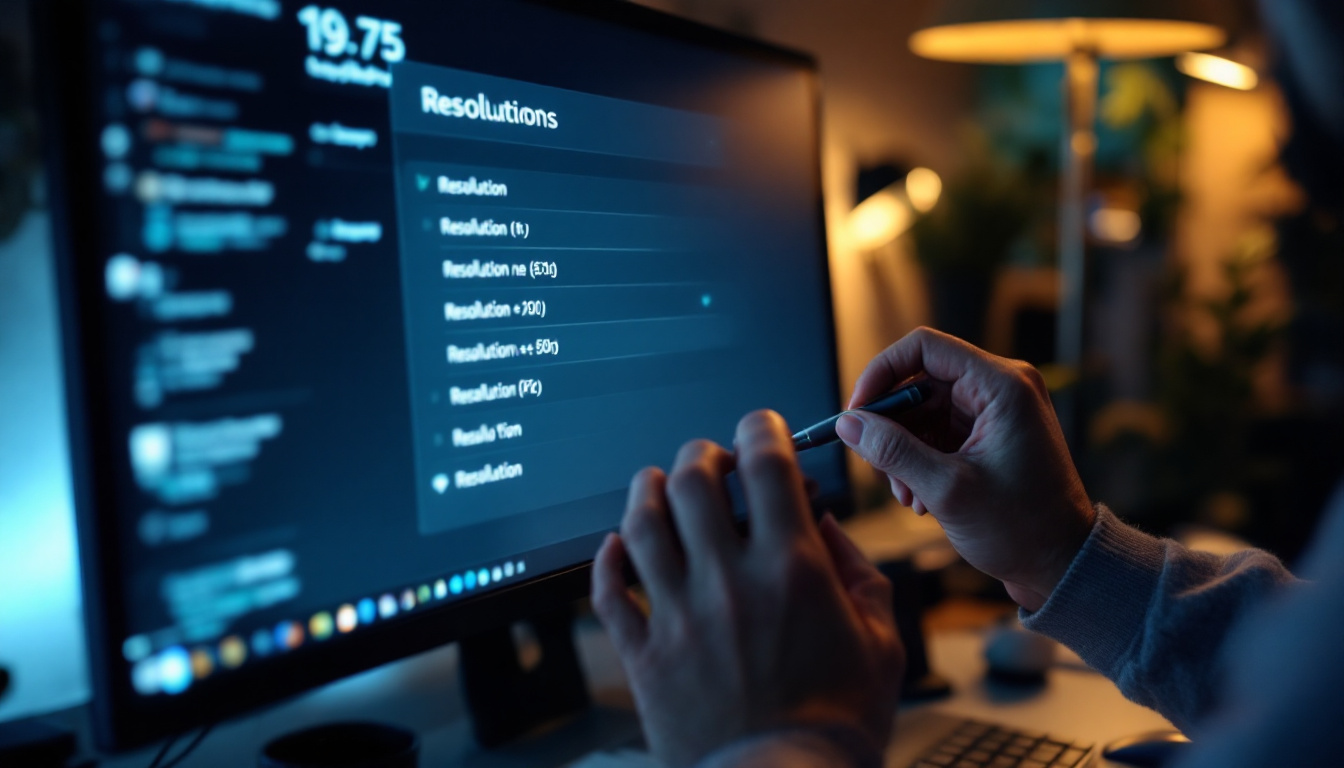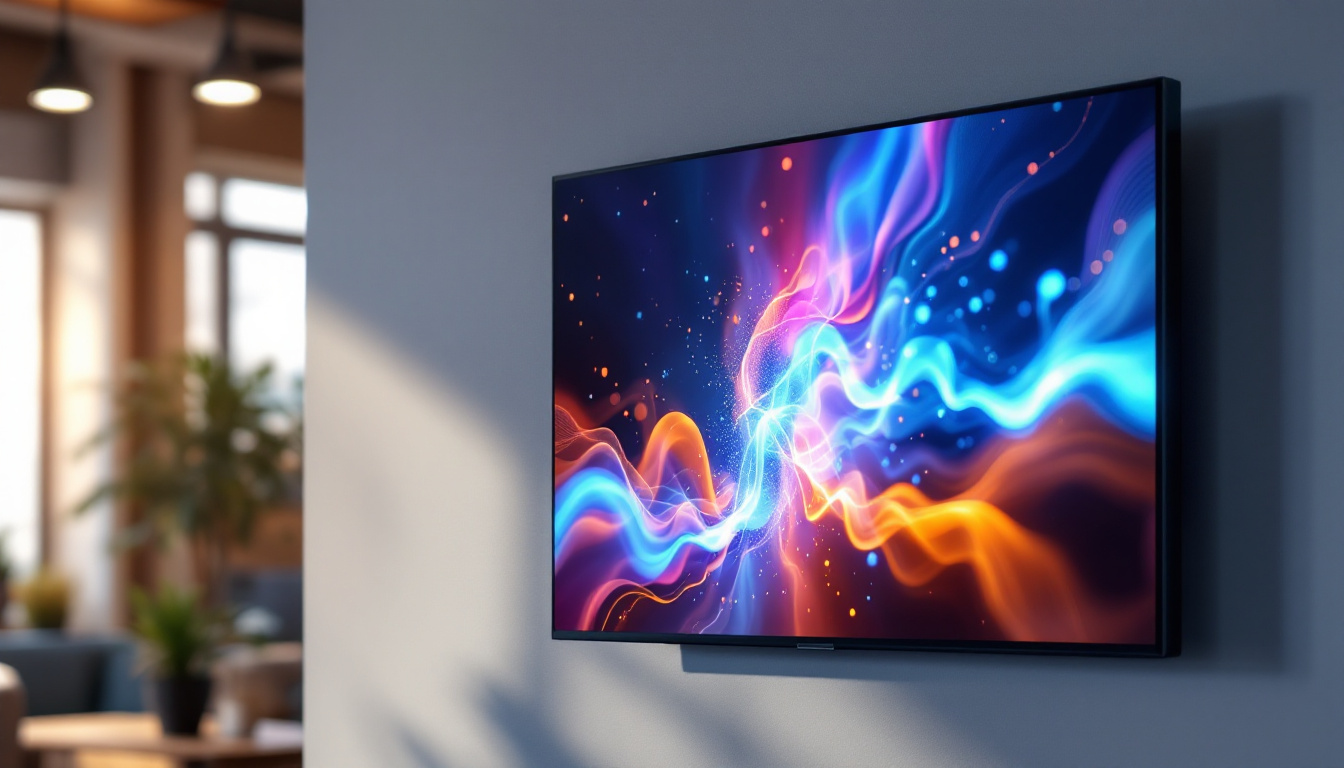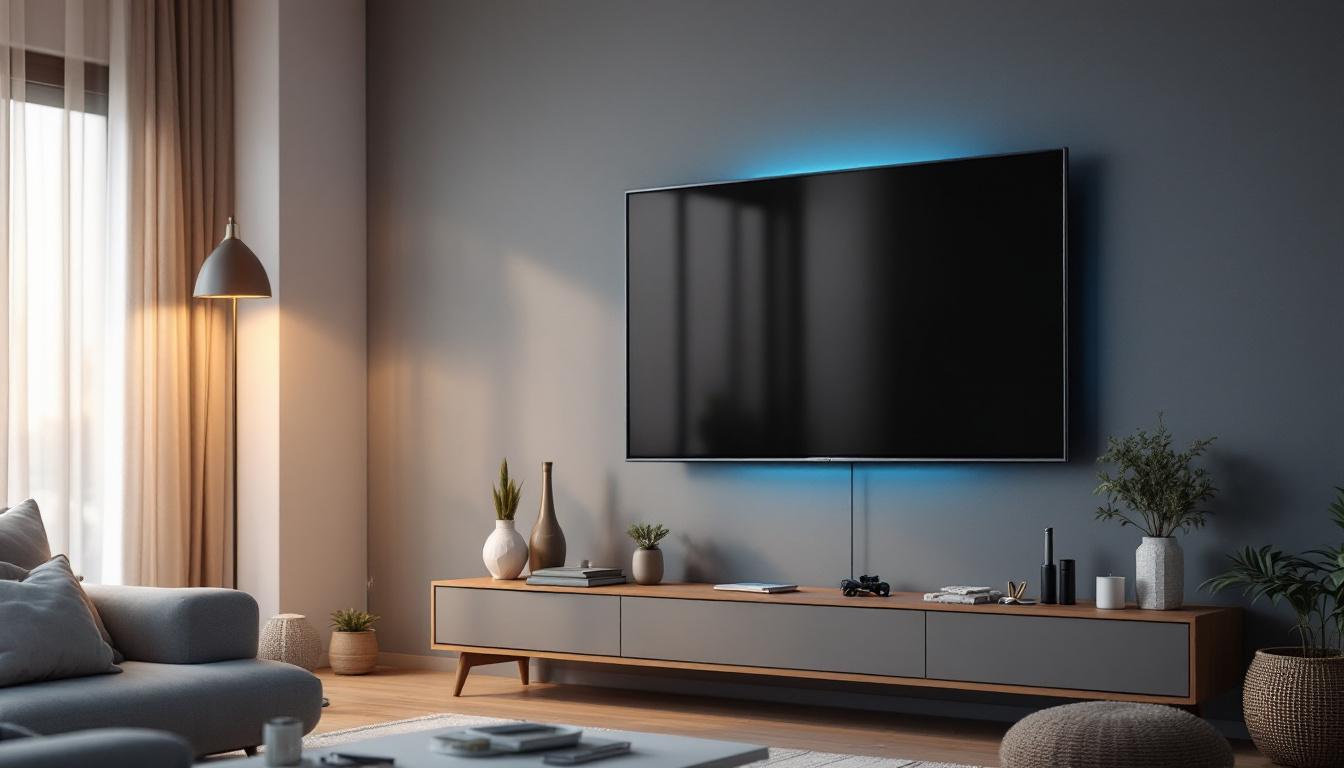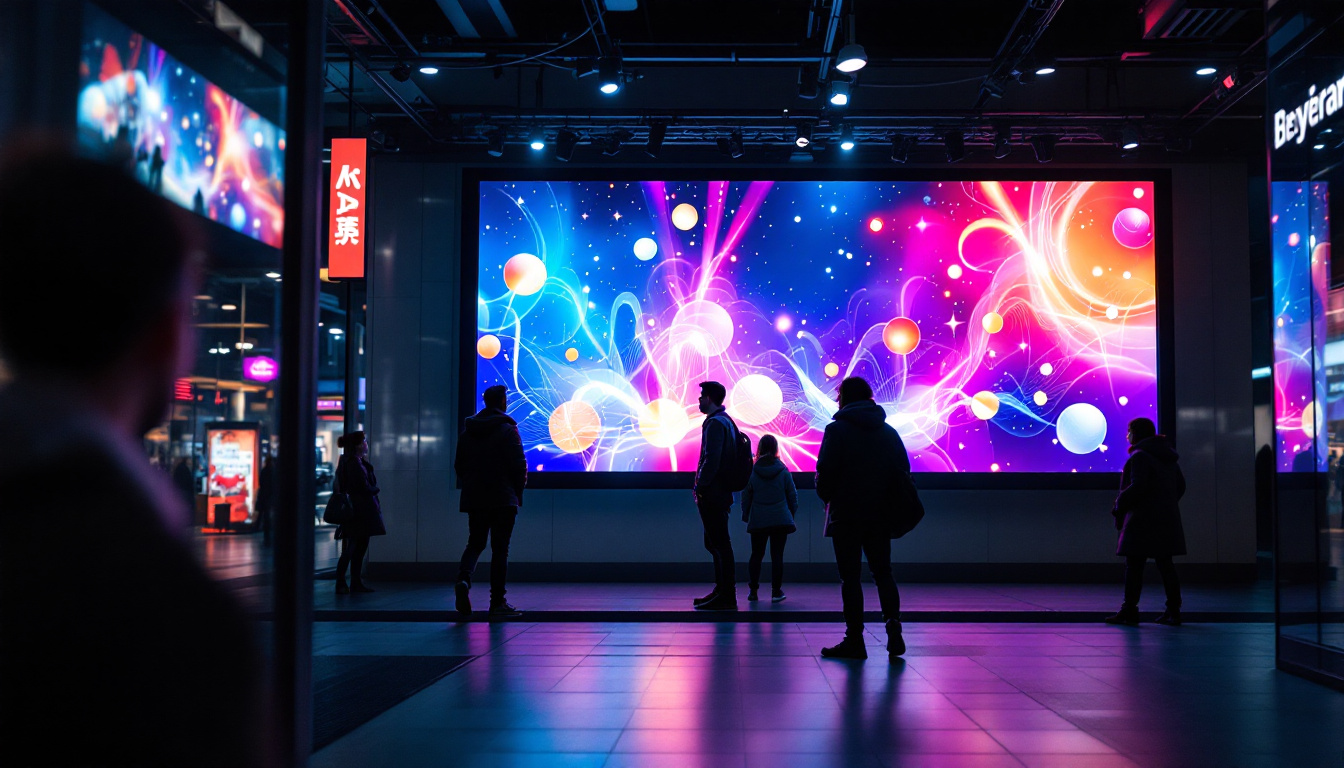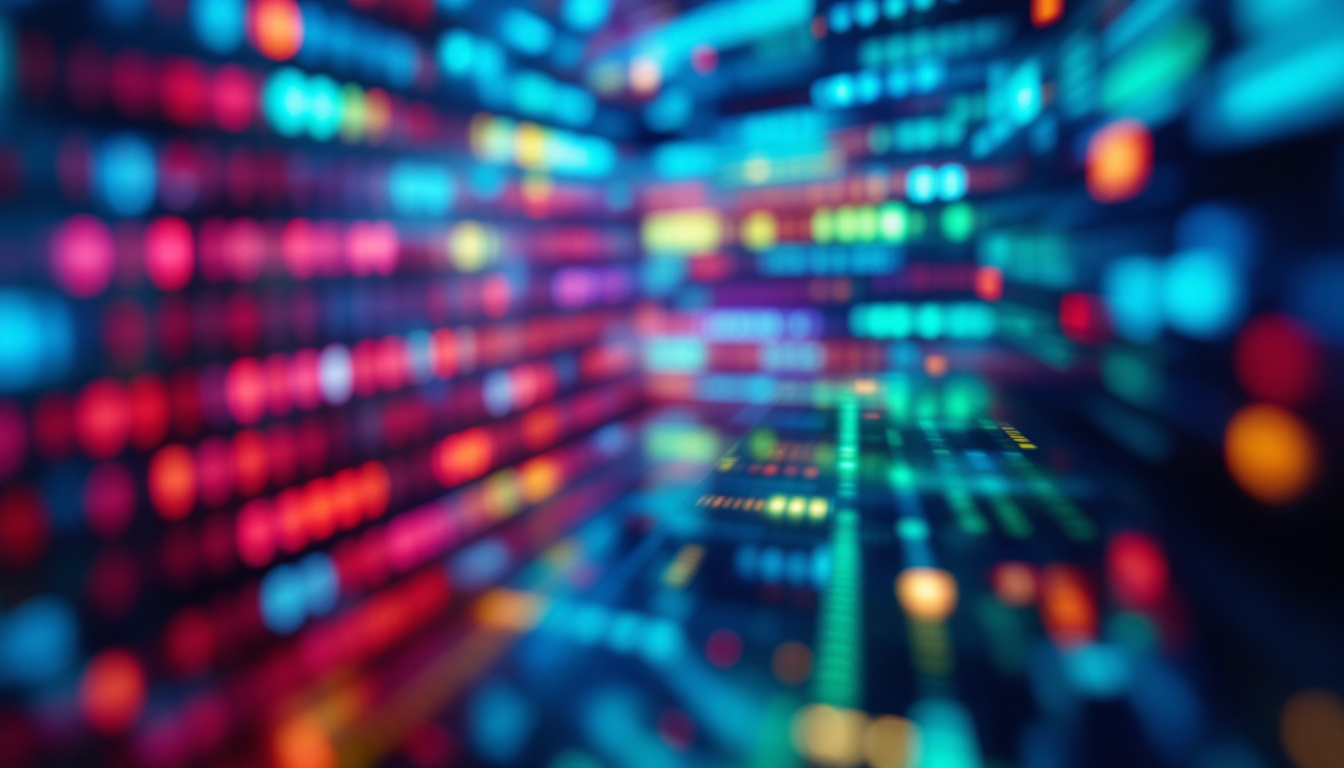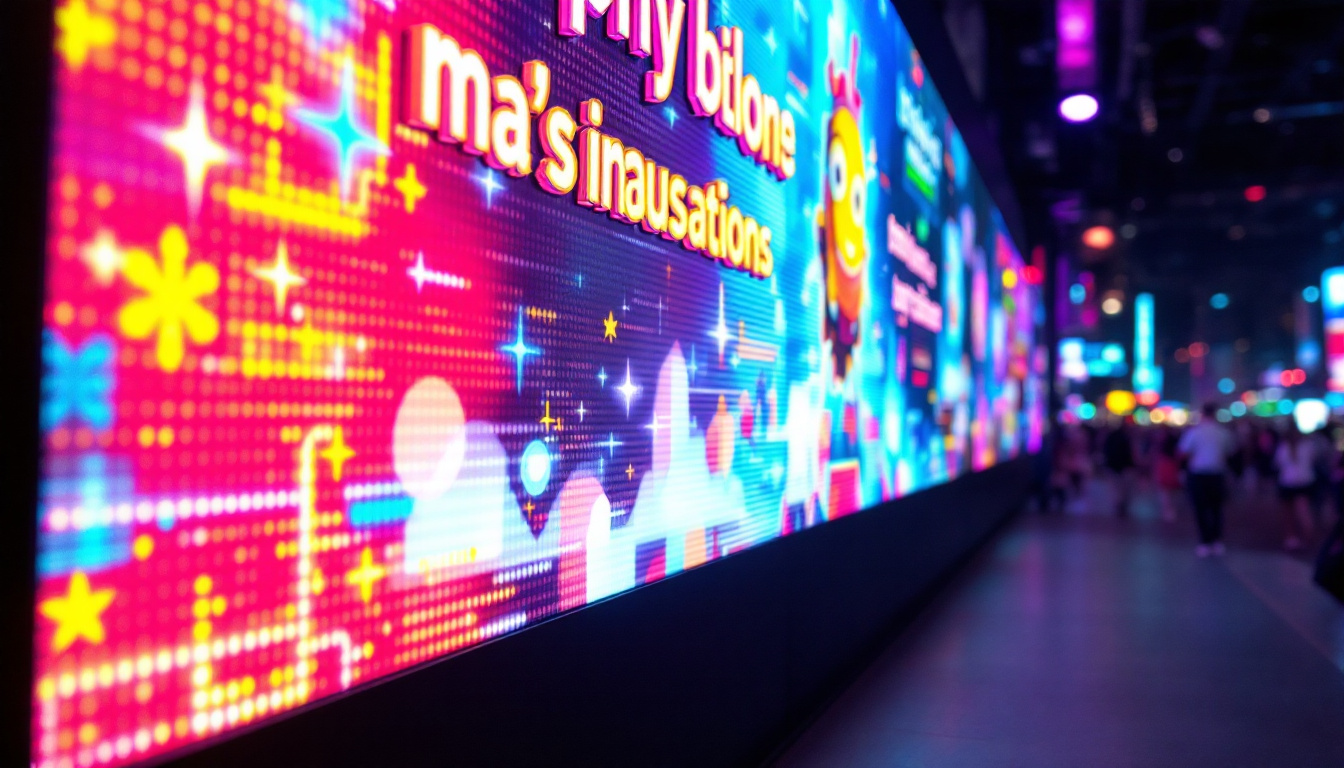In the digital age, visual communication has taken on a new dimension with the advent of LED displays. Custom LED light boards have become a popular choice for businesses, events, and personal projects alike. This article delves into the intricacies of LED displays, exploring their technology, applications, and benefits.
Understanding LED Technology
Light Emitting Diodes (LEDs) are semiconductor devices that emit light when an electric current passes through them. The underlying technology has evolved significantly since its inception, leading to the development of vibrant, energy-efficient displays. Originally, LEDs were limited to low-intensity red lights, but advancements in materials and manufacturing processes have expanded their applications across various sectors, from consumer electronics to automotive lighting and beyond.
The Basics of LED Functionality
At its core, an LED is made of a chip that emits light when electrons recombine with holes in the semiconductor material. This process is known as electroluminescence. The color of the light emitted depends on the materials used in the semiconductor. For instance, gallium nitride produces blue light, while gallium phosphide emits green. This fundamental principle allows for a wide range of colors and intensities, making LEDs versatile for different uses, including indicators, displays, and even general illumination.
LEDs are categorized into several types, including standard, high-brightness, and RGB (Red, Green, Blue) LEDs. RGB LEDs are particularly noteworthy as they can produce a wide spectrum of colors by combining different intensities of the three primary colors. This capability has revolutionized the entertainment industry, allowing for dynamic lighting effects in concerts, theaters, and theme parks, where color-changing displays enhance the overall experience for audiences.
Advantages of LED Displays
LED displays offer numerous advantages over traditional display technologies such as LCD or plasma screens. One of the most significant benefits is their energy efficiency. LEDs consume less power, which not only reduces electricity costs but also contributes to a smaller carbon footprint. This efficiency is especially important in large-scale applications, such as billboards and stadium screens, where energy consumption can be substantial.
Additionally, LED displays are known for their brightness and clarity. They can be easily viewed in various lighting conditions, making them ideal for outdoor advertising and events. Their durability is another key advantage; LEDs can withstand harsh weather conditions and have a longer lifespan compared to conventional bulbs. Furthermore, the robustness of LED technology means that they are less prone to breakage, reducing maintenance costs and downtime. This resilience, combined with their ability to operate in extreme temperatures, makes LEDs a favored choice in industrial applications, street lighting, and even in residential settings, where longevity and reliability are paramount.
Applications of Custom LED Light Boards
Custom LED light boards have found their way into various sectors, each leveraging their unique capabilities for effective communication and engagement.
Advertising and Marketing
Businesses utilize custom LED displays to capture attention and convey messages effectively. From storefronts to trade shows, these displays can showcase promotions, product launches, and brand messages in an eye-catching manner. The dynamic nature of LED boards allows for animations and videos, enhancing the viewer’s experience.
Moreover, the ability to update content remotely and in real-time makes LED displays a flexible solution for marketing campaigns. This adaptability ensures that businesses can respond quickly to market changes or customer feedback. For example, during seasonal sales, retailers can instantly change their messaging to reflect discounts or limited-time offers, maximizing customer engagement and driving sales.
Events and Entertainment
In the realm of events and entertainment, custom LED light boards play a crucial role in enhancing the atmosphere. Concerts, festivals, and sporting events often feature large LED screens to display live feeds, advertisements, and interactive content.
These displays not only serve to inform attendees but also to create an immersive experience. The vibrant colors and high-definition visuals can elevate the overall enjoyment of an event, making it memorable for participants. Additionally, LED boards can be synchronized with music or performances, creating a cohesive and captivating experience that resonates with the audience on multiple sensory levels. This integration of visual and auditory elements can significantly enhance audience engagement, making events more dynamic and enjoyable.
Public Information Systems
Custom LED displays are increasingly used in public information systems, such as transportation hubs and city centers. These boards provide real-time updates on schedules, directions, and important announcements, ensuring that the public remains informed.
For instance, bus and train stations often utilize LED displays to show arrival and departure times, enhancing the efficiency of public transport systems. The clarity and visibility of LED technology make it an ideal choice for conveying critical information in busy environments. Furthermore, these displays can also serve to promote local events or public safety messages, thereby fostering a sense of community and awareness among citizens. By integrating social media feeds or emergency alerts, LED boards can become a vital communication tool in times of crisis, ensuring that the public receives timely and relevant information when it matters most.
Designing Your Custom LED Light Board
Creating a custom LED light board involves several considerations, from design to functionality. Understanding these aspects can help ensure that the final product meets the intended goals.
Choosing the Right Size and Resolution
The size of an LED display is crucial, as it determines visibility and impact. Larger displays are suitable for outdoor use or large venues, while smaller boards may suffice for indoor applications. Additionally, the resolution of the display, measured in pixels per inch (PPI), affects the clarity of the images and text. Higher resolutions are essential for detailed graphics, while lower resolutions may be adequate for simple messages.
When selecting size and resolution, consider the viewing distance. For example, a display intended for close viewing should have a higher resolution to ensure clarity, while a board viewed from a distance can function well with a lower resolution.
Content Management Systems
A robust content management system (CMS) is essential for operating a custom LED light board effectively. A CMS allows users to create, schedule, and manage content remotely. This flexibility is particularly beneficial for businesses that need to update their messages frequently.
Many modern CMS solutions offer user-friendly interfaces, enabling individuals without technical expertise to manage their displays. Features such as templates, drag-and-drop functionality, and integration with social media can enhance the overall user experience.
Durability and Weather Resistance
For outdoor applications, it’s vital to choose LED displays that are weather-resistant and durable. These boards should be designed to withstand various environmental conditions, including rain, wind, and extreme temperatures. Look for displays with an IP (Ingress Protection) rating, which indicates their level of protection against dust and moisture.
Investing in a durable LED display not only prolongs its lifespan but also reduces maintenance costs over time. A well-constructed board can provide reliable service for years, making it a worthwhile investment for any organization.
Installation and Maintenance of LED Displays
Proper installation and maintenance are critical to ensuring the longevity and functionality of custom LED light boards. Understanding these processes can help maximize the investment in LED technology.
Installation Considerations
When installing a custom LED light board, several factors must be taken into account. The location should be chosen based on visibility and accessibility. Additionally, the mounting structure must be sturdy enough to support the weight of the display.
Professional installation is often recommended, especially for larger displays. Experts can ensure that the display is correctly calibrated and connected to power sources and data feeds. This attention to detail can prevent issues that may arise from improper installation.
Regular Maintenance Practices
To keep LED displays functioning optimally, regular maintenance is essential. This includes cleaning the surface to remove dust and debris, checking connections, and updating software as needed. Regular inspections can help identify potential issues before they become significant problems.
Many manufacturers provide guidelines for maintenance, including recommended cleaning products and techniques. Following these guidelines can extend the life of the display and maintain its visual appeal.
Future Trends in LED Display Technology
The field of LED display technology is continually evolving, with new advancements emerging regularly. Staying informed about these trends can help businesses and individuals make informed decisions regarding their display solutions.
Advancements in Flexibility and Design
One of the most exciting trends in LED technology is the development of flexible displays. These boards can be bent and shaped to fit various surfaces, allowing for innovative designs that were previously unattainable. This flexibility opens up new possibilities for creative installations in retail, art, and architecture.
Additionally, advancements in design have led to thinner and lighter displays, making them easier to install and transport. This trend is particularly beneficial for events and exhibitions, where portability is a significant factor.
Integration with Smart Technology
Smart technology integration is another trend shaping the future of LED displays. With the rise of the Internet of Things (IoT), LED boards can now connect to other devices and systems, allowing for enhanced functionality. For example, displays can be programmed to change content based on real-time data, such as weather conditions or social media trends.
This level of interactivity not only improves user engagement but also allows businesses to tailor their messages more effectively. As technology continues to advance, the potential for smart LED displays will only grow.
Conclusion
Custom LED light boards represent a dynamic and versatile solution for visual communication. Their applications span various sectors, from advertising to public information, making them invaluable tools in today’s fast-paced world. Understanding the technology, design considerations, and future trends can help users make the most of their LED display investments.
As the demand for engaging and effective communication continues to rise, custom LED displays will undoubtedly play a pivotal role in shaping how information is shared and experienced. Embracing this technology can lead to innovative solutions that captivate audiences and enhance brand visibility.
Discover LumenMatrix’s Innovative LED Solutions
Ready to elevate your visual communication with cutting-edge technology? LumenMatrix is at the forefront of LED display innovation, offering a wide array of solutions that bring your brand to life. From Indoor and Outdoor LED Wall Displays to specialized options like Vehicle, Sports, and Floor LED Displays, our products are designed to captivate and engage your audience. Experience the transformative power of our Custom, All-in-One, and Transparent LED Displays. Don’t miss the opportunity to revolutionize your messaging. Check out LumenMatrix LED Display Solutions today and see how we can help you create unforgettable visual experiences.

